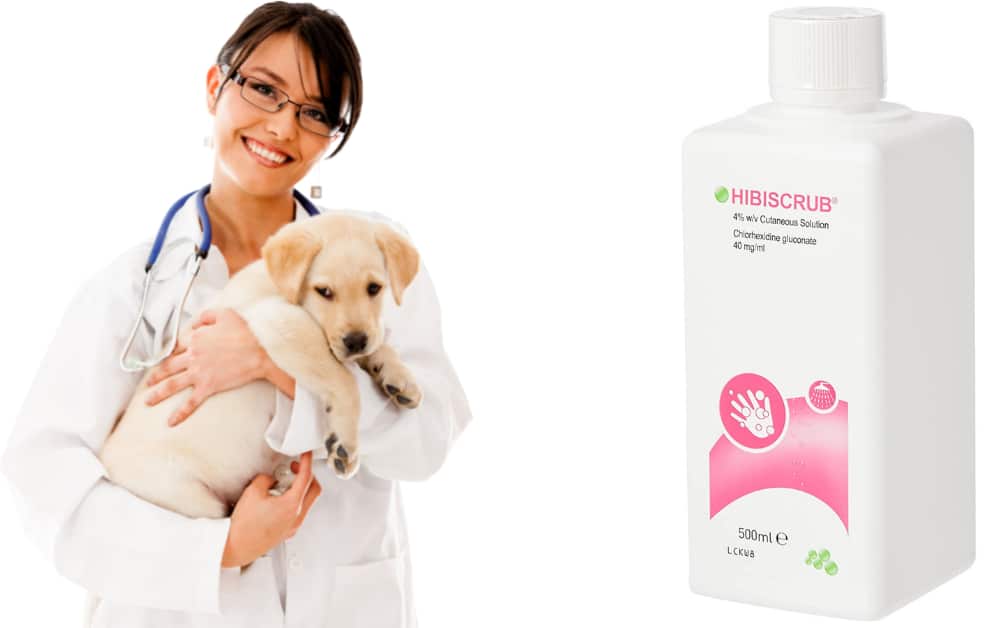When your furry companion develops a persistent cough, it’s natural to seek relief options. Robitussin, specifically formulations containing only dextromethorphan as the active ingredient, can be used under veterinary guidance to help manage dry, nonproductive cough in dogs.
The typical Robitussin dosage for dogs ranges from 0.5–1 milligrams per kilogram of body weight, administered orally every 8-12 hours. However, proper dosing is critical, as incorrect usage can lead to serious side effects or toxicity. The dosage and formulation must be carefully considered to avoid toxic ingredients like xylitol.
This comprehensive guide will walk you through everything you need to know about safely using Robitussin for your canine companion, from proper dosage calculations to potential risks and alternatives.
Key Takeaways
- Robitussin containing only dextromethorphan can be used for dogs with dry, nonproductive cough under veterinary supervision
- The standard dosage is 0.5–1 mg/kg every 8-12 hours
- Never use formulations containing additional active ingredients like acetaminophen, decongestants, or antihistamines
- Some Robitussin products contain xylitol, which is toxic to dogs
- Always consult your veterinarian before administering any human medication to your pet
- Side effects can range from mild sedation to severe neurological symptoms
- There are specific contraindications and drug interactions to be aware of
What is Robitussin and How Does It Work for Dogs?
Robitussin is a brand name for various over-the-counter cough medications, but when we talk about using it for dogs, we’re specifically referring to formulations containing dextromethorphan as the sole active ingredient. Dextromethorphan works by suppressing the cough center in the brain, providing relief from persistent, dry coughing that can be distressing for your pet.
When your dog has a dry, nonproductive cough or chronic bronchitis, your veterinarian might recommend as part of a treatment plan. It’s important to understand that this medication doesn’t treat the underlying cause of the cough but rather provides symptomatic relief by reducing the cough reflex.
Dextromethorphan belongs to a class of drugs called antitussives, which work by raising the threshold for coughing in the brain. This means your dog will cough less frequently and with less intensity, allowing them to rest more comfortably and recover more effectively.
However, it’s crucial to only use this medication for dry coughs – using it for productive or moist coughs can be harmful as it may suppress the body’s natural ability to clear airways.
Safe Robitussin Dosage for Dogs
Determining the correct robitussin dosage for dogs is critical to ensure safety and effectiveness. The general guideline is 0.5–1 milligrams of dextromethorphan per kilogram of your dog’s body weight, given orally every 8-12 hours as needed. The dosage and formulation must be carefully considered to avoid toxic ingredients like xylitol.
To help you calculate the appropriate dose for your dog, refer to the table below:
Robitussin Dosage Chart for Dogs By Weight
| Dog Weight (kg) | Dog Weight (lbs) | Low Dose (0.5 mg/kg) | High Dose (1 mg/kg) |
|---|---|---|---|
| 5 kg | 11 lbs | 2.5 mg | 5 mg |
| 10 kg | 22 lbs | 5 mg | 10 mg |
| 15 kg | 33 lbs | 7.5 mg | 15 mg |
| 20 kg | 44 lbs | 10 mg | 20 mg |
| 25 kg | 55 lbs | 12.5 mg | 25 mg |
| 30 kg | 66 lbs | 15 mg | 30 mg |
Since Robitussin formulations vary in concentration, you’ll need to check the label to determine how much liquid to administer. Common concentrations include:
- 1.5 mg dextromethorphan per milliliter
- 2 mg dextromethorphan per milliliter
- 3 mg dextromethorphan per milliliter
- 6 mg dextromethorphan per milliliter
For example, if you have a 10 kg (22 lb) dog and a Robitussin formulation with 3 mg/ml concentration:
- Low dose (5 mg) would be approximately 1.7 ml
- High dose (10 mg) would be approximately 3.3 ml
It’s crucial to use an accurate measuring device, such as a syringe or dropper marked with milliliter measurements, rather than household spoons, which can vary in size and lead to inaccurate dosing.
Remember, this medication should only be used as needed and not on a continuous basis without veterinary supervision. Never administer back-to-back doses, as this can lead to toxicity.
Forms of Robitussin Safe for Canine Use
When considering, it’s essential to select the right formulation. Many Robitussin products contain multiple active ingredients that can be harmful or even fatal to dogs. The only safe form is one that contains dextromethorphan hydrobromide as the sole active ingredient.
Safe forms include:
- Oral solutions in strengths of 1.5, 2, 3, or 6 milligrams dextromethorphan hydrobromide per milliliter
- Liquid-filled capsules containing 15 milligrams dextromethorphan hydrobromide
Dangerous ingredients to avoid in cough medications for dogs include:
- Acetaminophen (can cause liver damage and blood cell problems)
- Brompheniramine (antihistamine that can cause sedation and other side effects)
- Chlorpheniramine (antihistamine that can cause sedation and other side effects)
- Doxylamine (antihistamine that can cause sedation and other side effects)
- Guaifenesin (expectorant that can cause vomiting)
- Phenylephrine (decongestant that can cause increased heart rate and blood pressure)
- Pseudoephedrine (decongestant that can cause increased heart rate and blood pressure)
Additionally, some liquid formulations may contain xylitol as a sweetener, which is extremely toxic to dogs and can cause a rapid drop in blood sugar and liver failure. Always read the ingredient list carefully and consult your veterinarian before administering any medication to your pet.
When to Use Robitussin for Your Dog’s Cough
Robitussin containing only dextromethorphan may be recommended by your veterinarian for specific situations involving your dog’s respiratory health. Understanding when it’s appropriate to use this medication is crucial for your pet’s wellbeing.
Appropriate uses include:
- Treatment of dry, nonproductive cough
- Management of chronic bronchitis symptoms
- Relief from kennel cough in some cases (under veterinary guidance)
It’s important to note that Robitussin should not be used for:
- Productive or moist coughs (where phlegm is being coughed up)
- Persistent or chronic cough without veterinary diagnosis
- Coughs caused by heart conditions, heartworm disease, or other serious underlying issues
Before administering Robitussin to your dog, it’s essential to obtain a proper diagnosis from your veterinarian. Coughing can be a symptom of various conditions, ranging from minor irritations to serious health problems. Your vet needs to determine the cause of the cough before recommending any treatment.
In some cases, your veterinarian may suggest using Robitussin as part of a comprehensive treatment plan that includes other medications or therapies. For example, dogs with kennel cough might receive antibiotics along with cough suppressants, while those with chronic bronchitis might benefit from anti-inflammatory medications in addition to dextromethorphan.
Potential Side Effects and Risks
While Robitussin can be effective for managing cough in dogs when used correctly, it’s not without risks. Being aware of potential side effects can help you monitor your pet and seek veterinary care if needed.
Common side effects may include:
- Sedation or drowsiness
- Dizziness
- Nausea or vomiting
- Diarrhea
- Decreased appetite
- Drooling
- Rapid heartbeat
More serious side effects that require immediate veterinary attention include:
- Collapse
- Muscle tension or twitching
- Anxious behavior
- Seizures
- Abnormal eye movements
- Decreased rate of breathing
The following table outlines the potential side effects and their severity levels:
| Side Effect | Severity | Action Required |
|---|---|---|
| Sedation | Mild | Monitor, ensure safe environment |
| Dizziness | Mild | Monitor, prevent falls |
| Nausea/Vomiting | Mild to Moderate | Contact vet if persistent |
| Diarrhea | Mild | Monitor hydration, contact vet if persistent |
| Decreased appetite | Mild to Moderate | Monitor, contact vet if persists beyond 24 hours |
| Drooling | Mild | Monitor |
| Rapid heartbeat | Moderate | Contact vet |
| Collapse | Severe | Seek immediate veterinary care |
| Muscle tension/twitching | Severe | Seek immediate veterinary care |
| Anxious behavior | Moderate to Severe | Contact vet, seek care if severe |
| Seizures | Severe | Seek immediate veterinary care |
| Abnormal eye movement | Moderate to Severe | Contact vet |
| Decreased rate of breathing | Severe | Seek immediate veterinary care |
Certain dogs may be at higher risk for experiencing side effects. These include:
- Dogs with liver disease
- Dogs with known hypersensitivity to dextromethorphan
- Dogs taking certain medications (see Drug Interactions section)
- Pregnant or lactating dogs (safety has not been established)
If you notice any unusual symptoms after administering Robitussin to your dog, contact your veterinarian immediately. It’s always better to err on the side of caution when it comes to your pet’s health.
Drug Interactions and Contraindications
Before administering, it’s crucial to be aware of potential drug interactions and contraindications. Combining certain medications can lead to increased effects, decreased effectiveness, or dangerous reactions.
Contraindications (situations where Robitussin should not be used):
- Dogs with a history of allergic reaction to dextromethorphan
- Dogs with wet or productive coughs
- Dogs with certain underlying health conditions without veterinary supervision
Use with caution in dogs with:
- Liver disease
- Skin allergies
- Chronic cough
- Wet coughs
- Dogs taking MAOIs (monoamine oxidase inhibitors)
- Dogs that have recently worn a collar containing amitraz or selegiline
Potential drug interactions include:
- Other sedatives: Increased sedative effects
- Narcotics: Increased risk of respiratory depression
- Antihistamines: Increased sedation and potential for other side effects
- Central nervous system depressants: Increased depressant effects
- Monoamine oxidase inhibitors (MAOIs): Can cause serotonin syndrome
- Other serotonergic drugs: Risk of serotonin syndrome
- Celecoxib: May increase dextromethorphan levels
- Terbinafine: May increase dextromethorphan levels
The following table summarizes important drug interactions to be aware of:
| Drug Class | Specific Examples | Potential Interaction | Severity |
|---|---|---|---|
| Sedatives | Acepromazine, diazepam | Increased sedation | Moderate to Severe |
| Narcotics | Butorphanol, hydrocodone | Increased respiratory depression | Severe |
| Antihistamines | Diphenhydramine, cetirizine | Increased sedation | Moderate |
| CNS Depressants | Phenobarbital, potassium bromide | Increased depressant effects | Moderate to Severe |
| MAOIs | Selegiline, amitraz (in collars) | Risk of serotonin syndrome | Severe |
| Serotonergic drugs | SSRIs, tramadol | Risk of serotonin syndrome | Severe |
| NSAIDs | Celecoxib | May increase dextromethorphan levels | Moderate |
| Antifungals | Terbinafine | May increase dextromethorphan levels | Moderate |
It’s essential to inform your veterinarian about all medications, supplements, and treatments your dog is receiving before administering Robitussin. This includes prescription medications, over-the-counter products, herbal supplements, and even topical treatments. Your veterinarian can help you determine if Robitussin is safe for your dog or if alternative treatments should be considered.
Additionally, dextromethorphan has been associated with histamine release in humans, which may also occur in dogs. This means that dogs with known hypersensitivity or allergies may be at increased risk for adverse reactions.
Storage and Handling of Robitussin
Proper storage and handling of Robitussin are essential to maintain its effectiveness and ensure the safety of your pet and family members.
Storage guidelines:
- Store at room temperature (typically between 68-77°F or 20-25°C)
- Keep the container tightly closed
- Protect from moisture and light
- Store in a secure location away from pets and children
Handling considerations:
- Always wash your hands before and after administering medication
- Use a clean syringe or dropper for measuring doses
- Never share medication between pets
- Do not use expired medication
- If the liquid appears discolored or contains particles, do not use it
Proper disposal of unused or expired medication is also important. Do not flush medications down the toilet or pour them down the drain unless specifically instructed to do so. Instead, check with your veterinarian or local pharmacy about medication take-back programs in your area. If no take-back programs are available, mix the medication with an undesirable substance (like used coffee grounds or cat litter) in a sealed plastic bag before throwing it in the household trash.
What to Do in Case of Overdose
Accidental overdose can occur if a dog receives too much dextromethorphan or if they ingest the medication without supervision. Recognizing the signs of overdose and knowing what to do can save your pet’s life.
Signs of Robitussin overdose in dogs may include:
- Excitement or agitation
- Confusion or disorientation
- Vomiting
- Excessive drowsiness or sedation
- Decreased rate of breathing
- Seizures
- Loss of consciousness
If you suspect your dog has ingested too much Robitussin, follow these steps:
- Contact your veterinarian or an animal poison control center immediately. The ASPCA Animal Poison Control Center (APCC) can be reached at (888) 426-4435 (note that a consultation fee may apply).
- Do not induce vomiting unless specifically instructed to do so by a veterinary professional.
- If possible, have the medication container available when you call, as the staff will need information about the concentration of dextromethorphan and any other ingredients.
- Follow your veterinarian’s instructions carefully. Treatment for overdose may include:
- Inducing vomiting (if ingestion was recent)
- Activated charcoal to absorb the medication
- Intravenous fluids to support hydration and help flush the system
- Medications to control symptoms like seizures or abnormal heart rhythms
- Monitoring and supportive care until the effects resolve
- Never administer additional doses of Robitussin after a suspected overdose without veterinary guidance.
Prevention is the best approach to avoid overdose situations. Always store medications securely out of reach of pets, use accurate measuring devices, and follow dosing instructions precisely. If you have multiple pets in your household, administer medications to one pet at a time to avoid confusion and ensure each animal receives only their prescribed dose.
Alternatives to Robitussin for Dog Cough
While Robitussin can be effective for managing dry cough in dogs, it’s not the only option available. Depending on the cause and severity of your dog’s cough, your veterinarian might recommend alternative treatments or complementary therapies.
Veterinary-prescribed alternatives:
- Butorphanol: A narcotic cough suppressant that may be more effective for severe coughs
- Hydrocodone: Another narcotic option for severe cough suppression
- Acepromazine: A tranquilizer that can have cough-suppressing effects
- Natural cough suppressants: Some veterinary formulations use natural ingredients like honey or herbal extracts
Non-medication approaches:
- Humidifier: Adding moisture to the air can soothe irritated airways
- Honey: A small amount of honey (given with veterinary approval) can soothe a sore throat
- Reducing irritants: Eliminating smoke, dust, and other airborne irritants from your dog’s environment
- Weight management: For overweight dogs, losing weight can reduce respiratory effort and coughing
- Gentle exercise: Light activity can help clear airways in some cases
Treatment of underlying conditions:
- Antibiotics: For bacterial infections like pneumonia or secondary bacterial infections in kennel cough
- Anti-inflammatory medications: For conditions like chronic bronchitis
- Heart medications: If cough is related to heart disease
- Antiparasitics: If cough is caused by heartworm or lungworm
Complementary therapies:
- Physical therapy: Techniques like coupage (gentle chest percussion) can help break up mucus
- Nebulization: Inhaling medicated mist can help deliver medication directly to the airways
- Acupuncture: Some pet owners report success with acupuncture for managing chronic cough
It’s important to remember that coughing is a symptom, not a disease itself. While suppressing the cough can provide relief and allow your dog to rest comfortably, identifying and treating the underlying cause is essential for long-term health. Always work with your veterinarian to develop a comprehensive treatment plan that addresses both the symptom and its root cause.
Read More From Our Dog Medication Guide:
FAQs
Can I give my dog regular Robitussin from the store?
No, you should only give your dog Robitussin formulations that contain dextromethorphan as the sole active ingredient. Many over-the-counter Robitussin products contain additional ingredients like acetaminophen, decongestants, or antihistamines that can be toxic to dogs. Always consult your veterinarian before giving any human medication to your pet.
How long does it take for Robitussin to work in dogs?
Dextromethorphan typically begins working within 30 minutes to 2 hours after administration. The effects usually last for 6-8 hours, which is why dosing is generally recommended every 8-12 hours as needed.
Can I give my dog Robitussin for kennel cough?
In some cases, veterinarians may recommend dextromethorphan for dogs with kennel cough to help suppress the dry, hacking cough associated with this condition. However, kennel cough often requires additional treatment, such as antibiotics, and should always be diagnosed and managed under veterinary supervision.
Conclusion
Robitussin containing only dextromethorphan can be a useful tool for managing dry, nonproductive cough in dogs when used appropriately under veterinary guidance. The typical dosage of 0.5–1 mg/kg every 8-12 hours can provide relief while minimizing the risk of side effects. However, it’s crucial to select the right formulation, avoid products with additional active ingredients, and be aware of potential side effects and drug interactions.
Remember that coughing is a symptom, not a disease itself. While suppressing the cough can provide comfort for your pet, identifying and treating the underlying cause is essential for your dog’s long-term health. Always work with your veterinarian to develop a comprehensive treatment plan that addresses both the symptom and its root cause.
By following the guidelines outlined in this article and consulting with your veterinarian, you can help ensure that your dog receives safe and effective treatment for their cough, allowing them to return to their happy, healthy selves as quickly as possible.
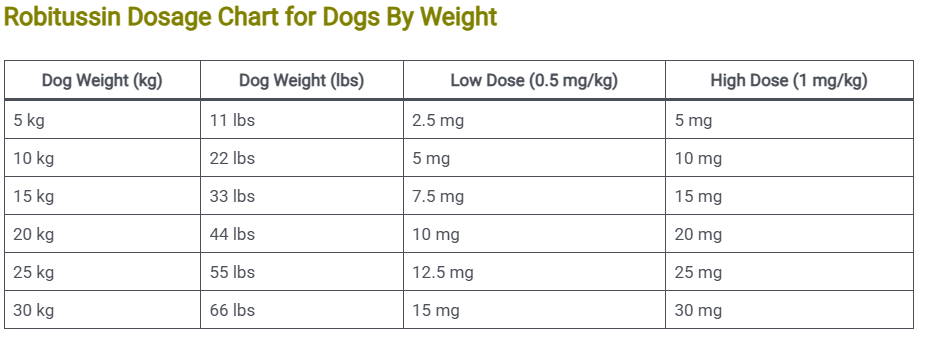

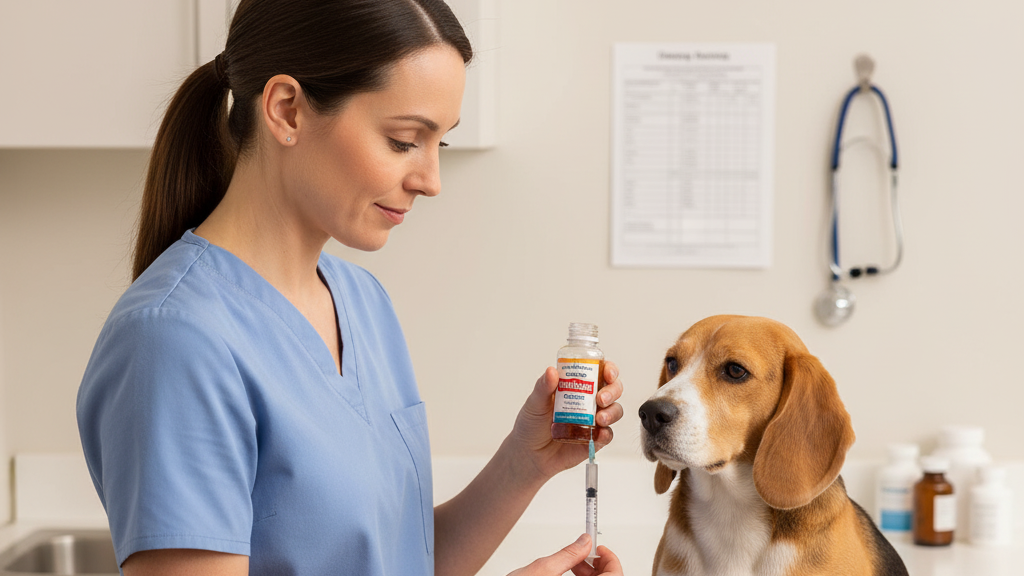

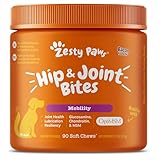




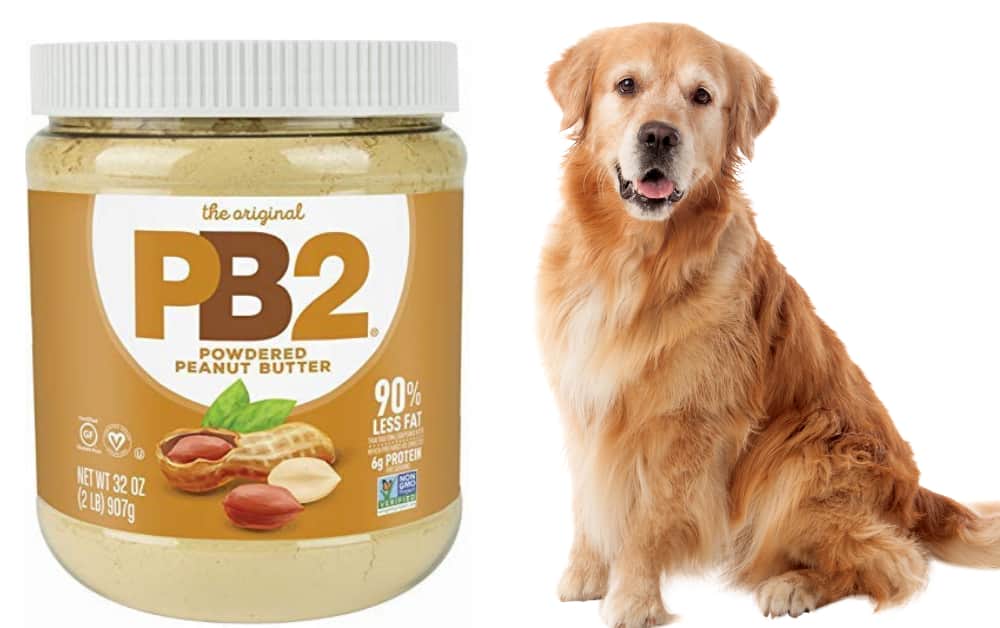

![Can Dogs Eat Blood? 7 Side Effects [Expert Opinion]](https://petskor.com/wp-content/uploads/2022/04/Webp.net-resizeimage-12.jpg)
